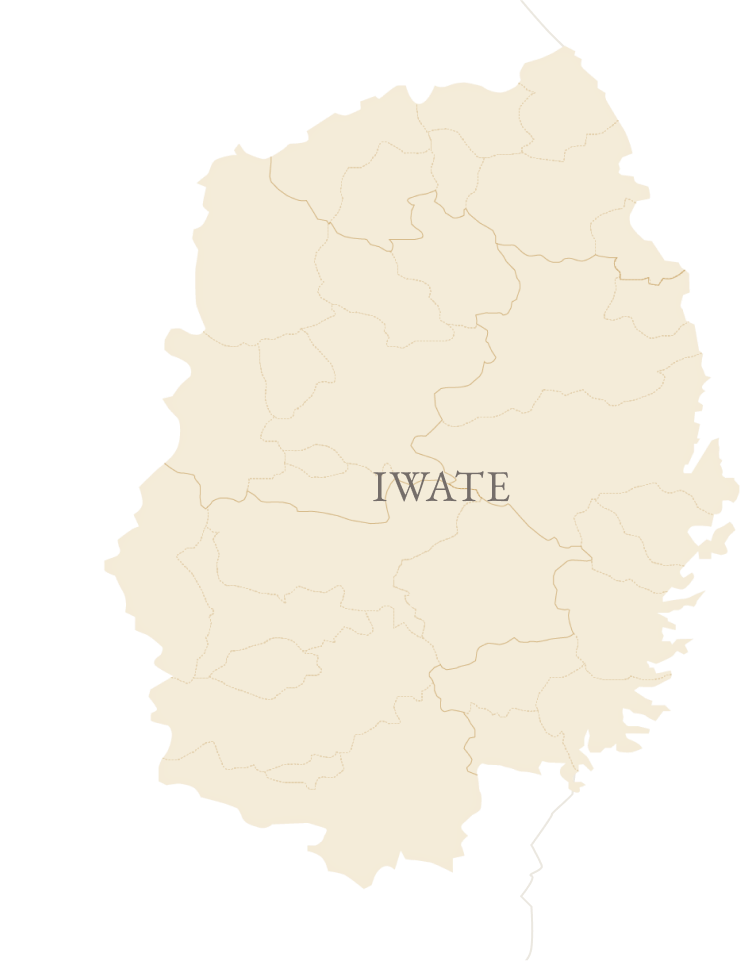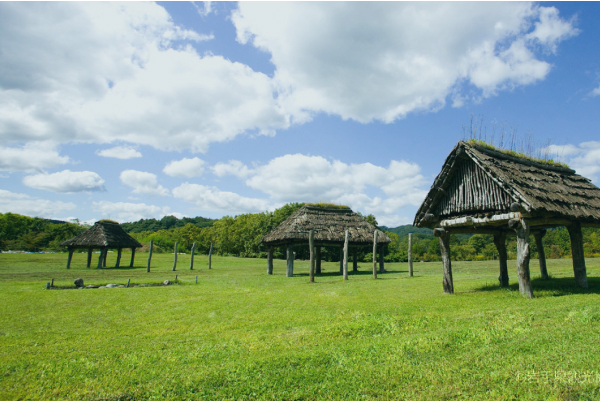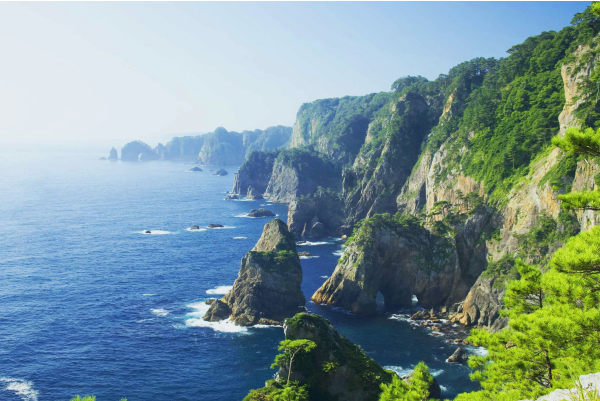Allure of Iwate Tourism
The bountiful nature of Iwate’s mountains and sea coast has formed the basis of a rich regional culture since the early days.
A hidden Japan of primeval landscapes awaits.
What is Iwate Prefecture?
Located in the northeastern part of Honshu, Iwate Prefecture boasts the largest land area in all of Honshu. It’s a true paradise for those who live there, thanks to the countless blessings bestowed by the mountains, ocean, and nature.
Mountains that stretch out from the central peak of Mt. Iwate, the highest peak in Iwate Prefecture and often also referred to as Nanbu Fuji. The inland area centering on Morioka City, a castle town surrounded by magnificent nature, is dotted with historic sites that tell stories of history and culture, such as Hiraizumi in the southern part of the region.
Moreover, scattered throughout the prefecture are numerous onsen to alleviate the fatigue of travelers, as well as inns dedicated to rest and relaxation to enhance the depth of your travels. The coastal area, referred to as Sanriku, has a diverse terrain formed by geologic activities. The open sea offshore of Sanriku is recognized as one of the world’s three major fishing grounds and is blessed with abundant and fresh marine delicacies.

Origin of the Name of Iwate (Stone Hand) Prefecture
There are various historical explanations on the origin of the name Iwate Prefecture, but among them, the one most widely known is referred to as the Demon’s bill. According to the legend, three large stones are said to have fallen upon Tokenji Temple in Mitsuwari, Morioka City, Iwate Prefecture following an eruption of Mt. Iwate. These stones were believed to have been inhabited by a God, and therefore revered from the people as Mitsuishi sama.
One day, a demon named Rasetsuki (rakshasa) was causing trouble for both locals and travelers. Frustrated by the disturbance, the local people sought help from the God Mitsuishi sama, who in response bound the demon to the three large stones. Legend has it that Rasetsuki (rakshasa) surrendered, left his handprint on the stone as a sign that he would never misbehave again, and fled toward Mt. Nansho. The three large stones are now enshrined at Mitsuishi Shrine, located behind Tokenji Temple.
Seasonal Fun
Spring brings cherry blossom viewing, summer invites beach outings, autumn showcases vibrant foliage, and winter offers winter sports. Throughout all four seasons, enjoy festivals brimming with emotion.
Mountain and marine delicacies that tantalize the taste buds can be savored year-round in all of its seasonal delights, adding to the allure of Iwate.
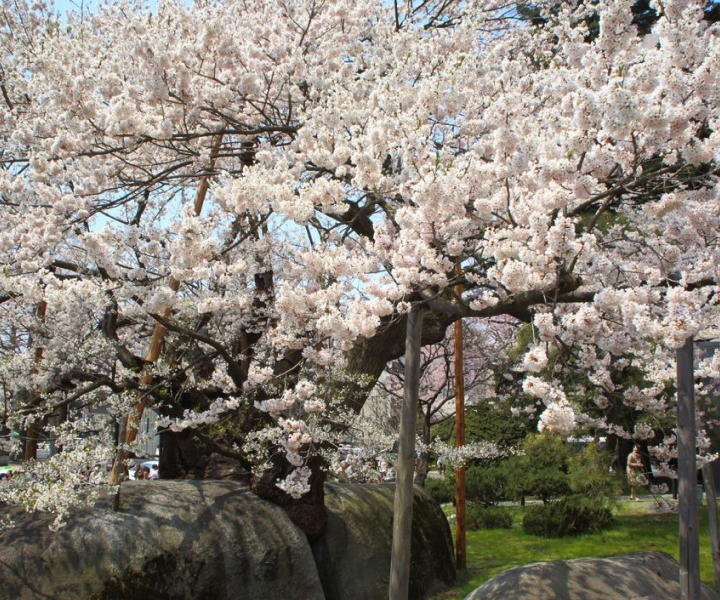
Spring (March-May)
Average maximum temperature: 14.1°C
Average lowest temperature: 3.5°C
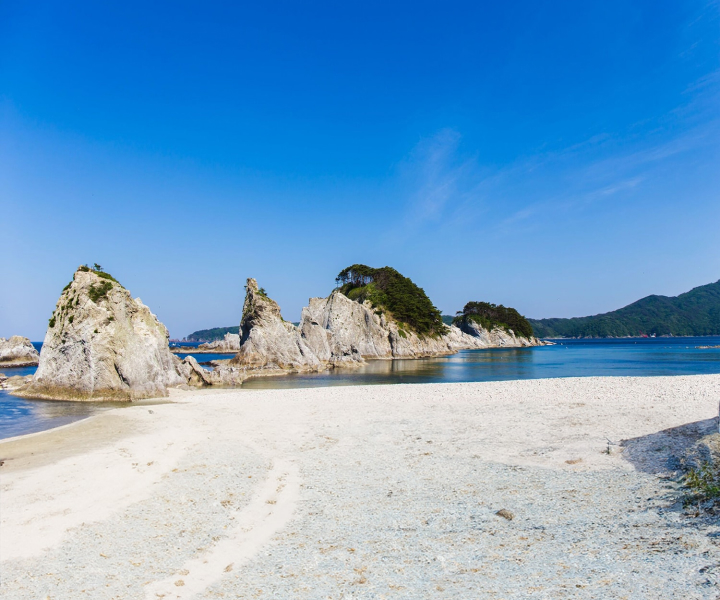
Summer (June-August)
Average maximum temperature: 26.6°C
Average lowest temperature: 17.6°C

Fall (September-November)
Average maximum temperature: 17.7°C
Average lowest temperature: 8.3°C
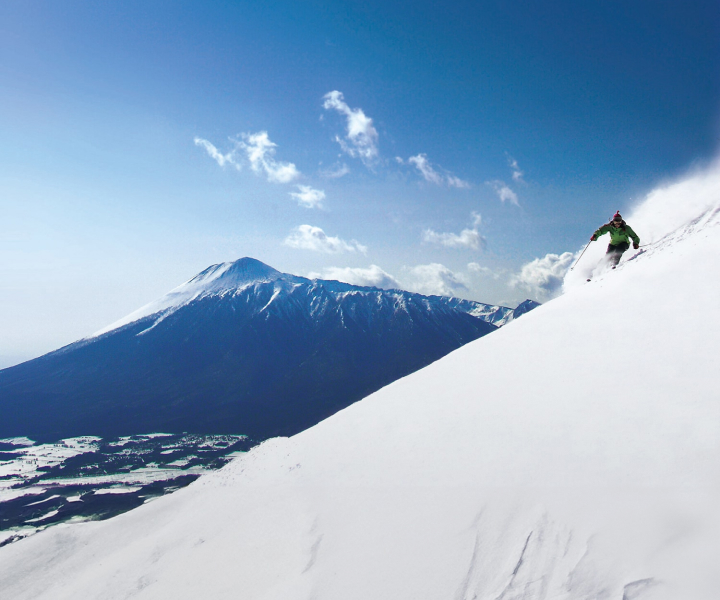
Winter (December-February)
Average maximum temperature: 3.2°C
Average lowest temperature: -4.1°C
Regional Characteristics
World Heritage sites that capture the richness and sophisticated cultures of each era, the beauty of nature within the ancient land, high-quality and safe delicacies from the sea and mountains, and traditional performing arts and crafts passed down from generation to generation in various regions. Iwate Prefecture is full of truly valuable riches that have remained unchanged through the ages.
